Findings from the Surkhandarya region will be featured in the exhibition of the major cultural project in Uzbekistan
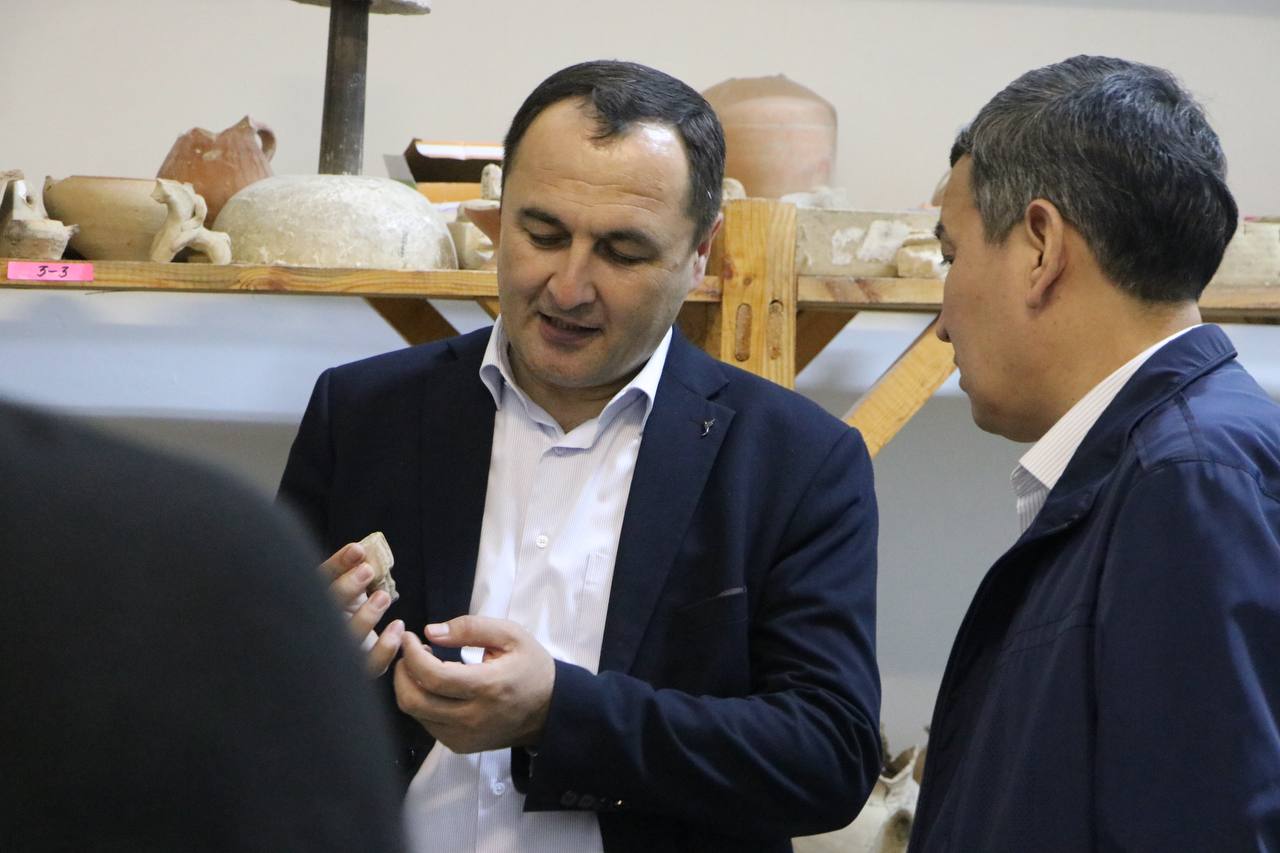
To enrich the exhibition of the Center of Islamic Civilization in Uzbekistan, scientific expeditions have been organized to study museum, library, and manuscript collections across various regions. These activities are being carried out in accordance with the directives given by the President of Uzbekistan during his visit to the Center on January 29, as well as the implementation of the decree signed by Prime Minister Abdulla Aripov (Decree No. 26).

During the expedition to the Surkhandarya region, more than 50 unique artifacts dating back to ancient times were identified. Among the findings was a clay vessel dated to the 15th–13th centuries BCE, discovered in the Jarkutan area of the Sherobod district.
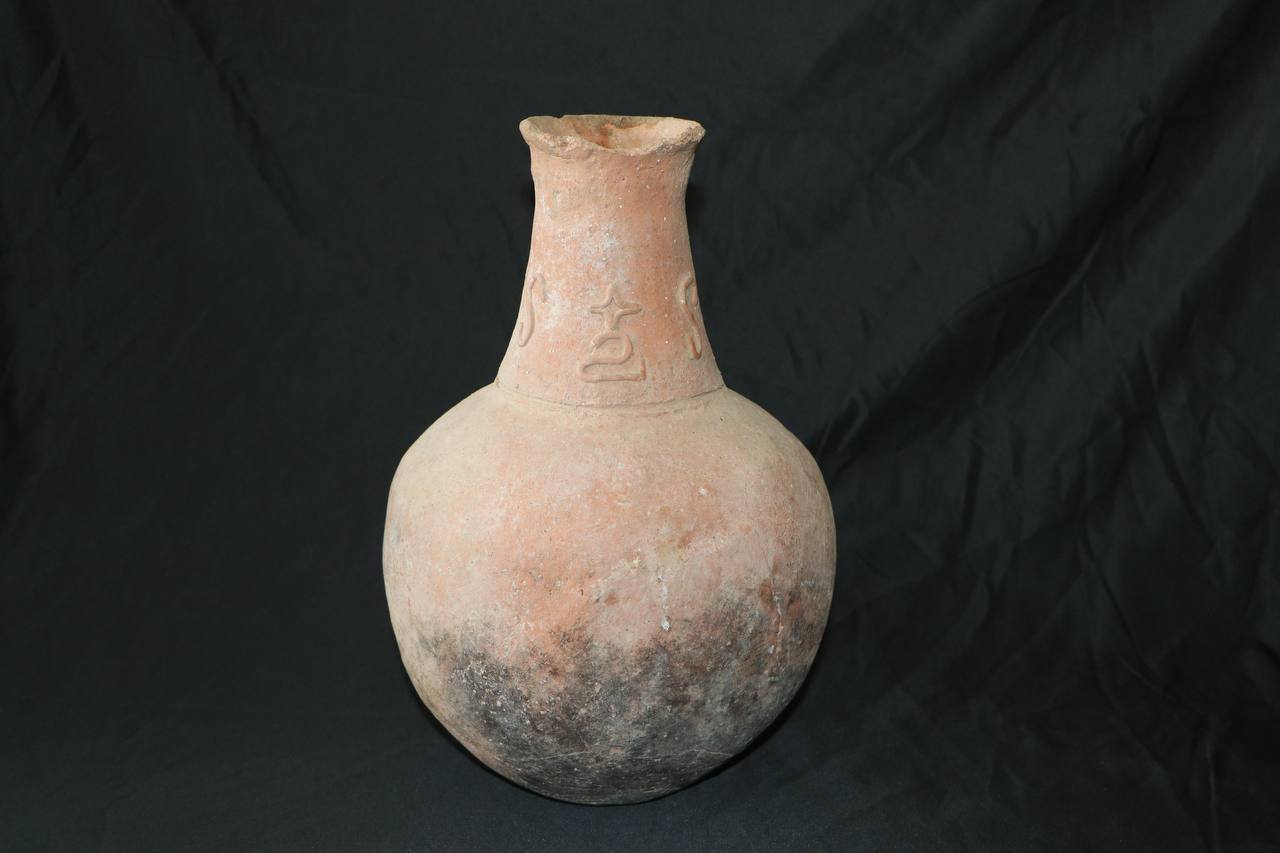
In addition, a clay vessel from the 7th–9th centuries CE was unearthed, featuring decorative patterns and symbols typical of that era. Researchers suggest that these markings may represent the seals of dynasties that ruled during that period.

One of the most significant discoveries was a clay pot found on the right bank of the Oqzorang River, dated to the 17th–18th centuries. Inside the vessel, traces of dye were found—evidence of its use in textile dyeing, highlighting the development of weaving and coloring practices in Uzbekistan during that time.
These historical discoveries play an important role in enhancing the exhibition of the Center of Islamic Civilization and serve to educate younger generations about the lives and heritage of their ancestors.
Most read
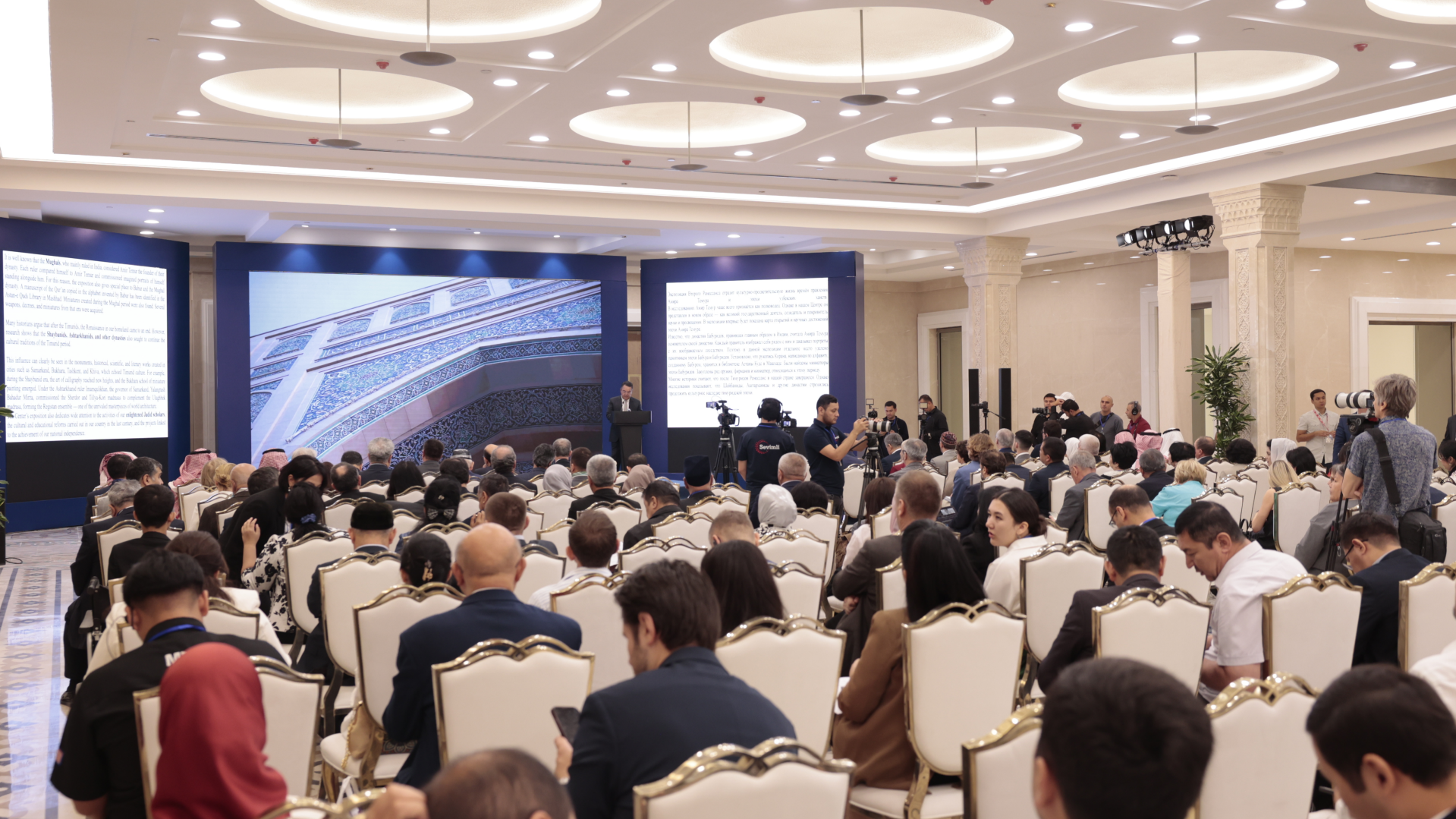
Over 100 experts from more than 20 countries of the world are in Tashkent!
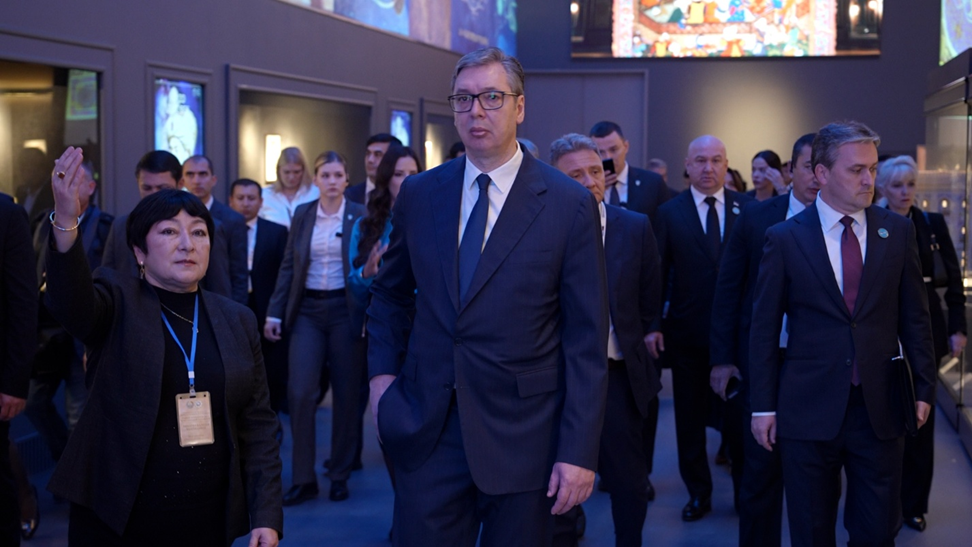
President of Serbia Aleksandar Vučić visited the Islamic Civilization Center in Uzbekistan
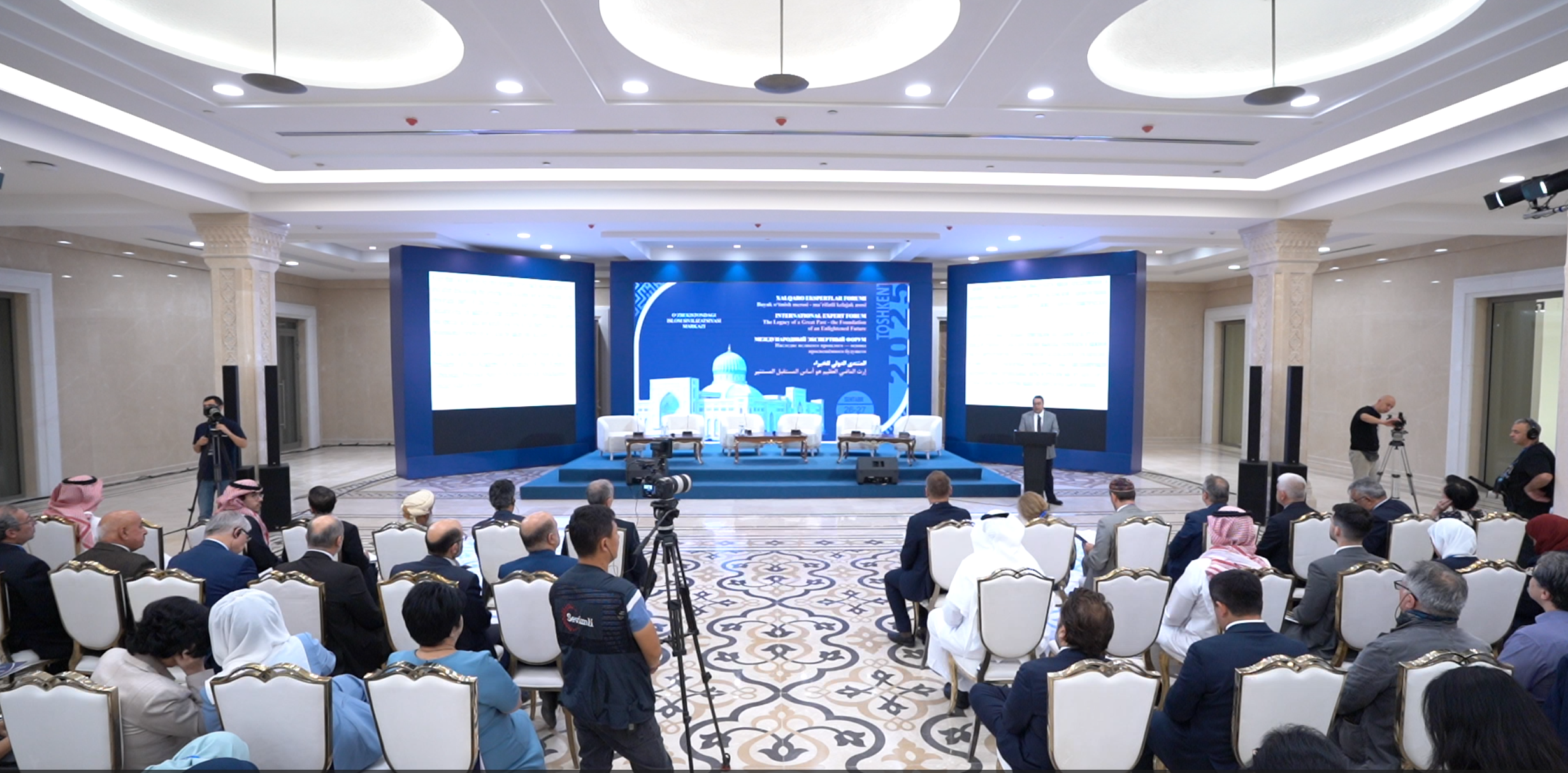
The Center for Islamic Civilization – a global platform leading towards enlightenment











